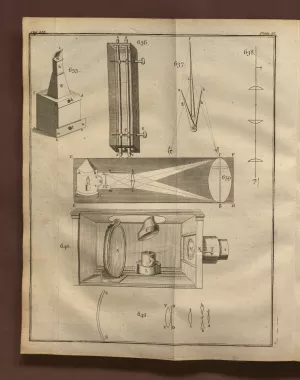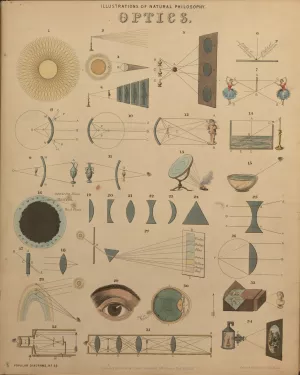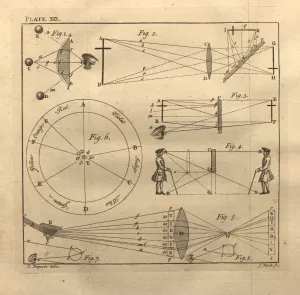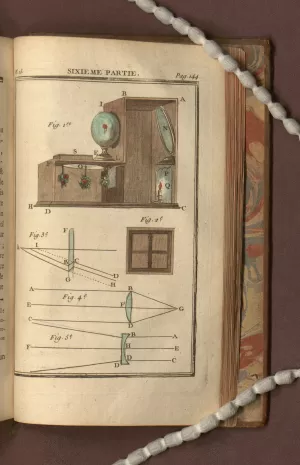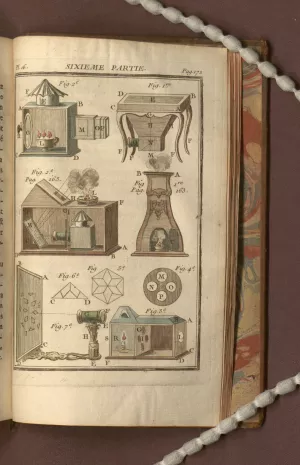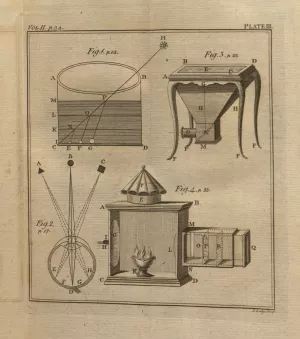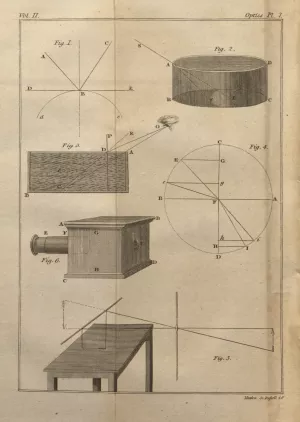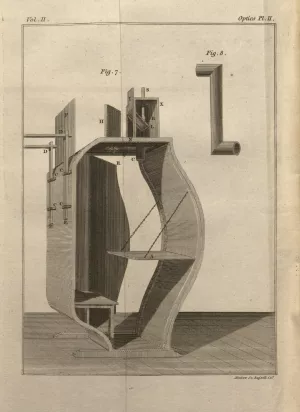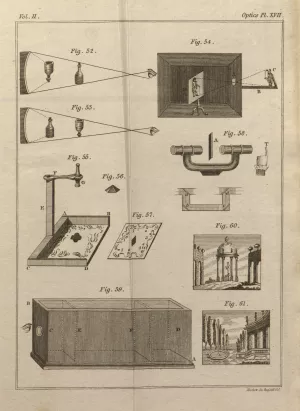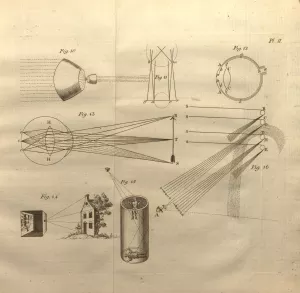This image gallery explores the unstable place of the camera obscura in Romantic visual culture and offers a critical revision of Jonathan Crary’s central thesis in Techniques of the Observer (1990). In this text, Crary contends that the camera obscura is a model of rational, disembodied vision that is later subsumed by a modern, subjective mode of observation. The varied representations of the optical apparatus in the Romantic period, however, complicate his notion that the camera obscura as a principal model of observation was roundly discarded in the first quarter of the nineteenth century in favor of a conception of modern vision based on new optical technologies. The images which make up the gallery are illustrated plates drawn from a wide variety of eighteenth- and nineteenth-century books on science and optics, ranging from dense theoretical texts intended for the scientifically erudite reader to the popular genre of rational recreations for the curious...

